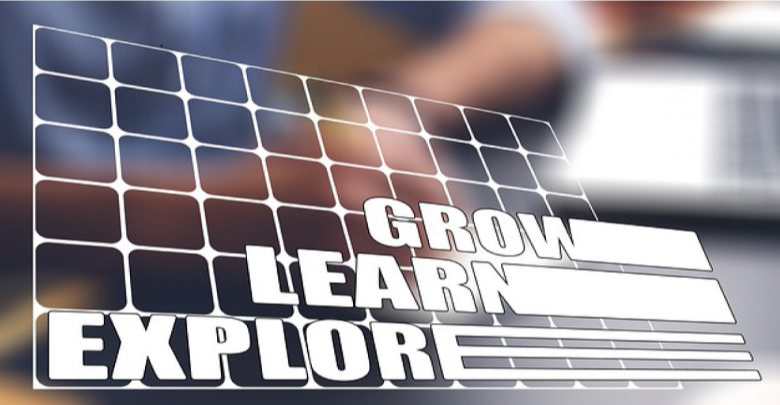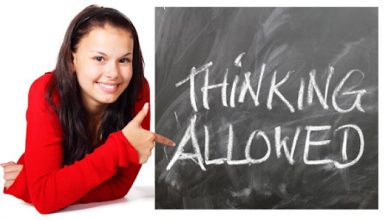Tailored learning pathways: The Core Four of Personalized Learning Model

Introduction: A ‘one-size-fits-all’ approach cannot be used for learners in general and especially for those who are at risk of leaving education early, or for those who have already done (so) that or they are living in disadvantaged conditions. They need individualized educational responses. This refers to the content of the learning and the way it is delivered, as well as any additional learning support. This can help to ensure that learners are following a pathway that suits their interests and learning styles, as well as helping them to tackle any barriers they face and that is responding to their real needs. It is not easy for a trainer to fit in the different sets of needs that learners are bringing during a training course. Sometimes, even after a very detailed investigation of the learners’ needs, there is the possibility that something happens during the training that asks for a change of program.
I choose this tool because it provides some input about how to run activities based on tailored learning pathways that could be important when there is a need to include more complex needs of learners in a structured way.
The trainer should be aware of the importance of learners’ needs as an integral part of the training design and should be flexible to integrate needs that maybe will appear at the very beginning of the training. In fact, even if a very well and precise assessment of needs has been done for the activity, often participants bring new needs or better focus (or)on the formulated ones, before the training or at the very beginning. It is not possible not to encompass such needs in the process.
Main content:
The model that we are presenting above, has been developed by Education Elements. They have established they own key elements of personalized learning, called the Core Four Elements of Personalized Learning – elements that can lead to a successful personalized learning group These elements – adopted as is, or modified by individual districts – can guide trainers in creating an effective strategy for their learners and groups.
These four elements are:
- Student/learner Reflection and Ownership – encourages a focus on metacognitive strategies for learning and prompts students to pursue their passions and ownership of their work
- Data-Driven Decisions – allows trainers and learners to understand and act on their strengths and needs
- Targeted Instruction – provides a critical structure for trainers and learners to problem-solve with one another and meet individual learning goals
- Flexible Content and Tools – create a mix of resources responsive to learners needs and interests that allows for a differentiated path, pace and performance tasks
This simple scheme can help the trainer to identify correctly when there is a need for adapting the content of the session and how to do it properly.
Another key element for being able to adapt the tools and the educational approaches is the flexibility of the trainer to understand the frame and find a responsive strategy.
Flexibility and responsiveness are qualities that most trainers exude every day in the work experience. The multitude of things that occur without warning affects the way we train every day. Educators must ask themselves, “Am I being flexible in this situation and how can I be even more flexible?” Likewise, these teachers also know the fine balance of being too flexible when instructional effectiveness can be lost.
The ability for educators to be responsive to individual learner’s needs is an art, as well as a science. While trainers are required to make sure they teach a set of standards for a given grade level, they also must understand each student’s ability level, as well as the socio- and emotional challenges each of them possess. This responsiveness to learners’ needs is visible in everyday instruction. An observer should be able to find evidence that the trainer incorporates students’ interests, adjusts instruction in response to learners’ feedback, and that the trainer is not afraid to alter instruction and go deeper during a “teachable moment.”
The following six questions will support your transition from being classified as “proficient,” moving up to “exemplary” level according to Charlotte Danielson’s Evaluation Model. These six questions pertain to Domain 3 (Instruction), and Component E (Demonstrating Flexibility and Responsiveness):
How Do You Know When to Make Minor and Major Lesson Adjustments Before, During, and After Instruction?
How Big Is Your Proverbial Toolbox of Alternate Instructional Strategies?
How Do You Take Advantage of “Teaching/training Moments?”
How Do Grit, Perseverance, and Commitment Play a Role in Teacher Efforts for All Students to Be Successful?
How Is the Differentiation and Demonstrating Flexibility and Responsiveness?
How Can Trainers Seek Support and Resources from Colleagues, Community, and Other Research?
Exercises:
How to apply it in everyday life:
- Try to observe how you react in an unexpected situation: how do you feel? Where your resources are coming from? Do you have a pre-set answer to provide to a due and new situation? How do you feel in changing the setting or create a new level of relationship?
Reflection questions:
- How much am I aware of my level of flexibility?
- Which are the tools that I can use in case of need of tailor-made a new approach for the learners?
- Do I already have an example in mind of how I overcome such a difficult situation?
- “teaching moment” can be defined as an instructional segment where there is complete student engagement. What sets it apart from other instructional segments are the questions that students continue to ask, as well as a sense of intrigue that is peaked by students’ interest. Developing teachers may not understand when this moment is occurring, and thus do not capitalize on the benefits of this special learning experience.






